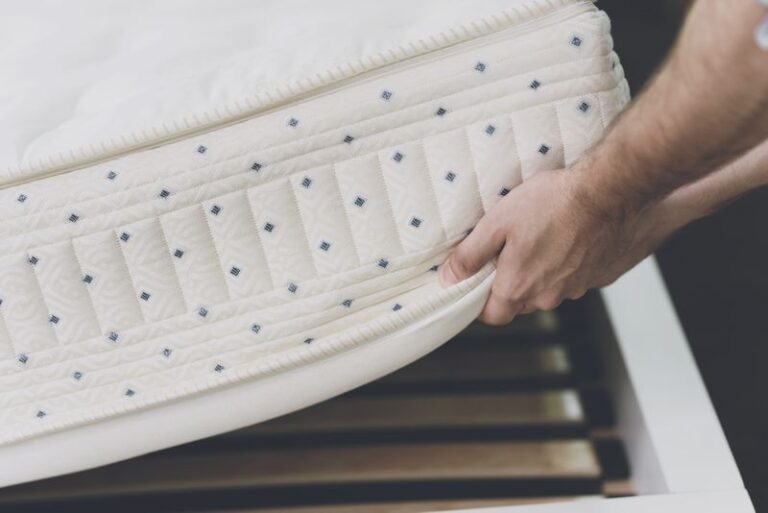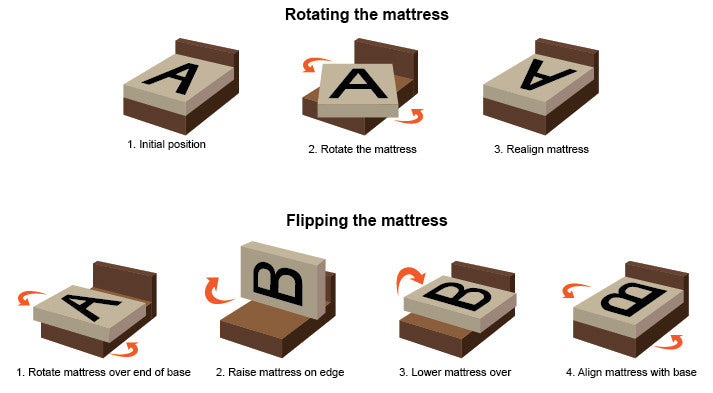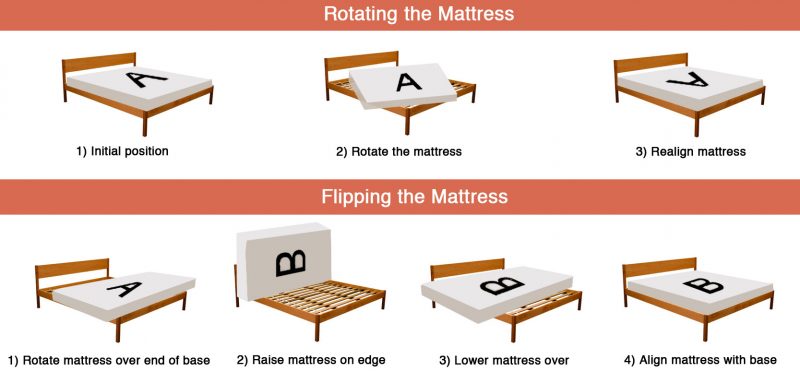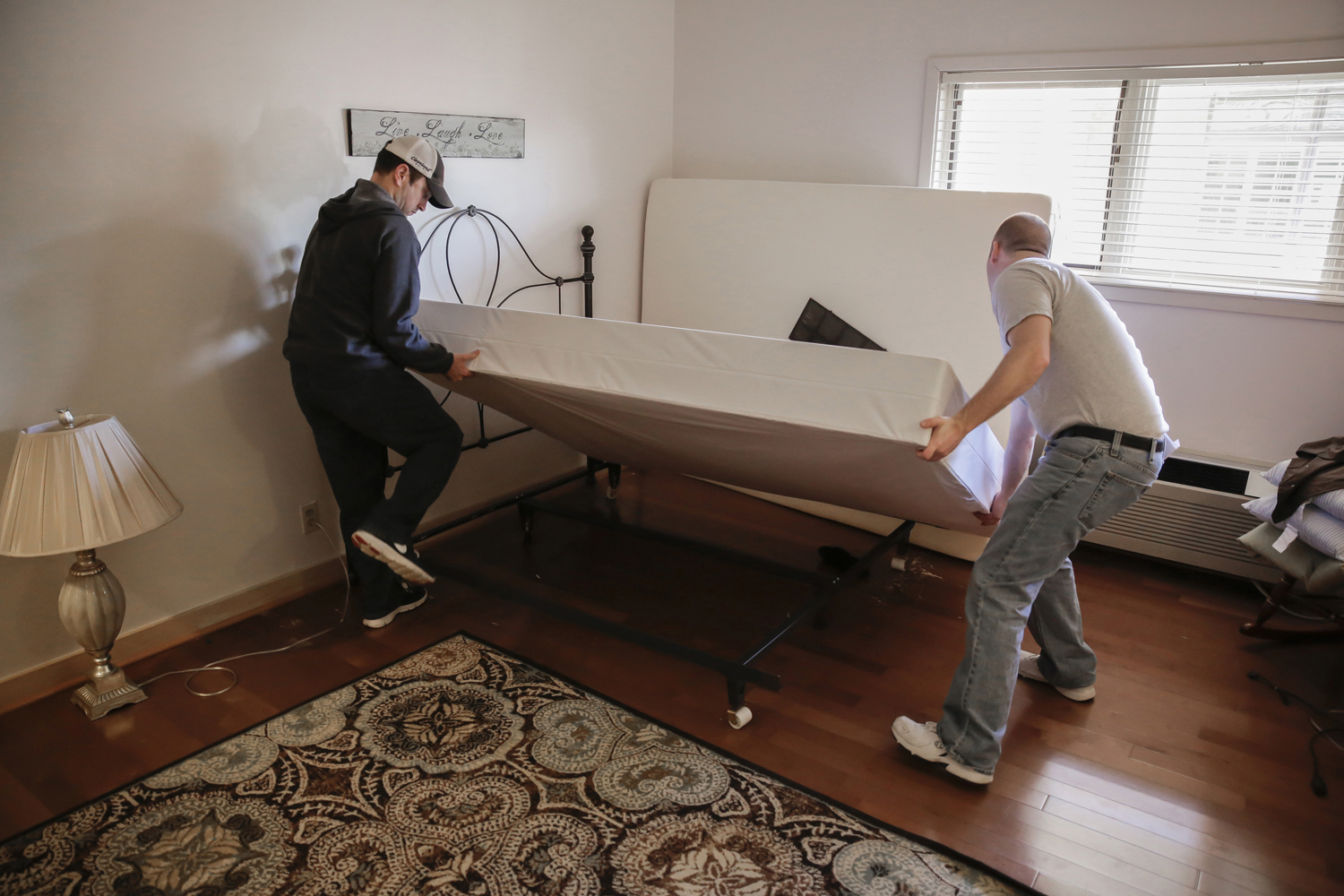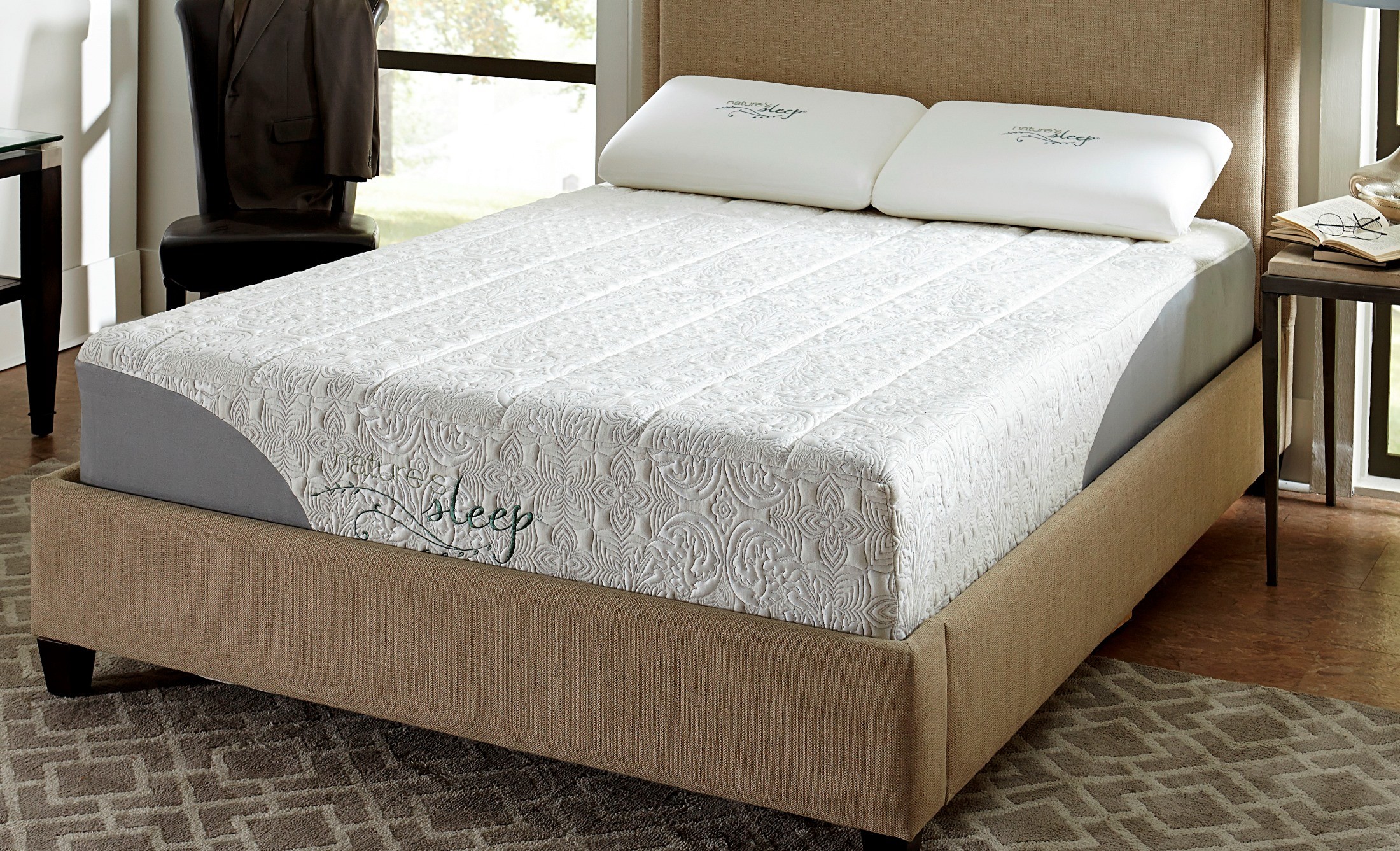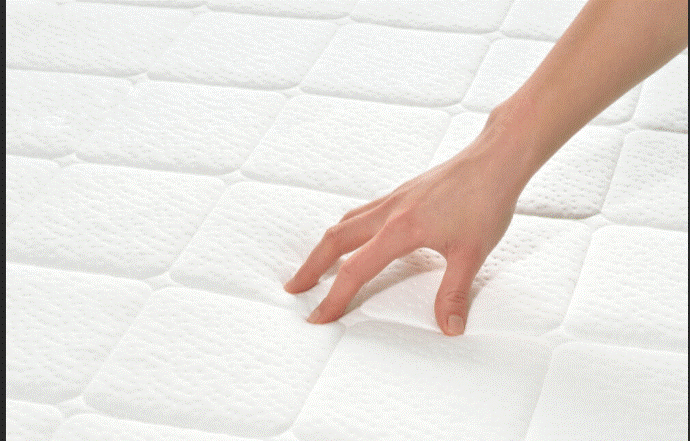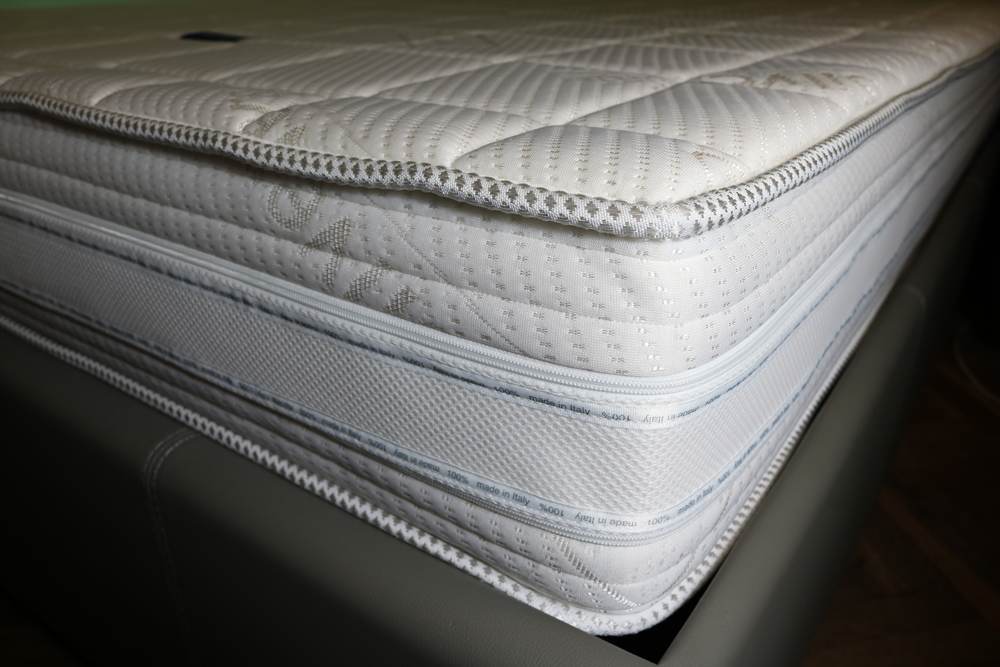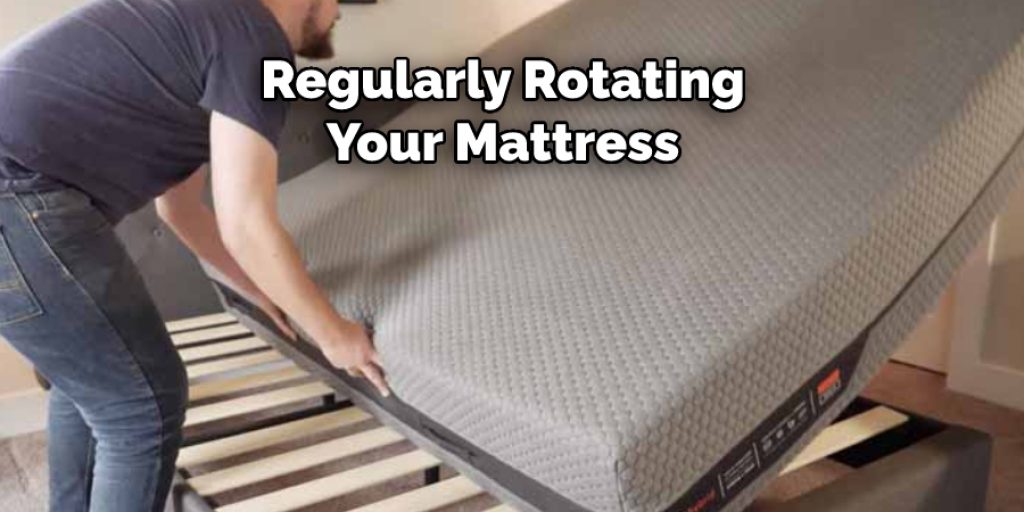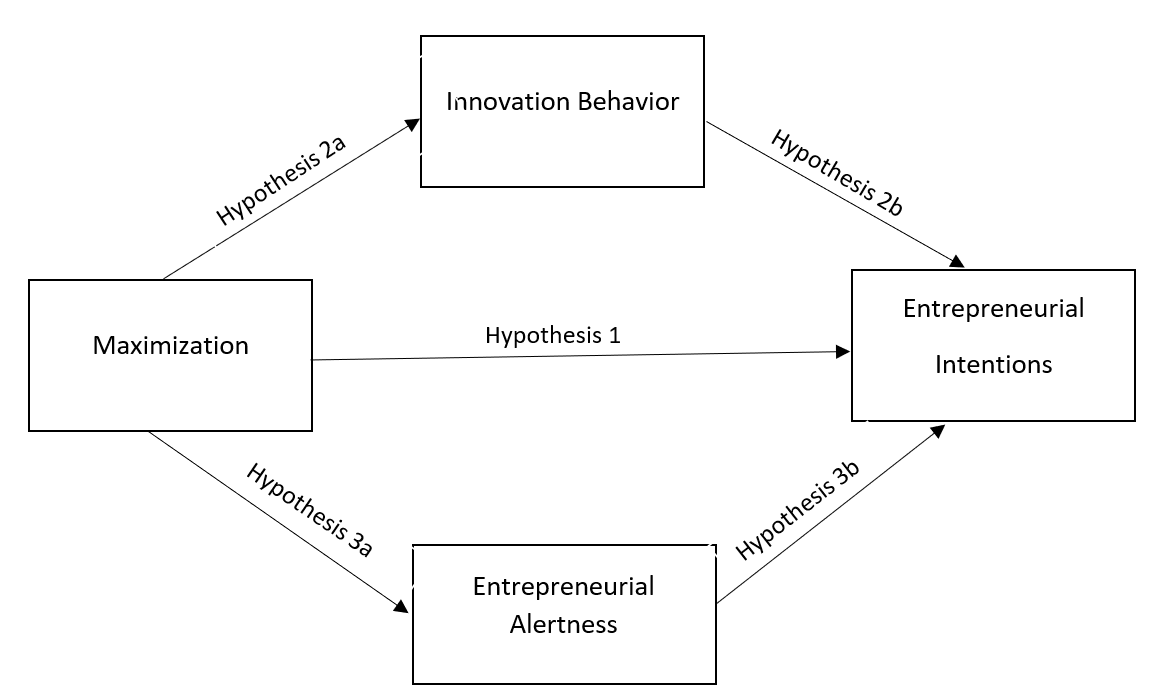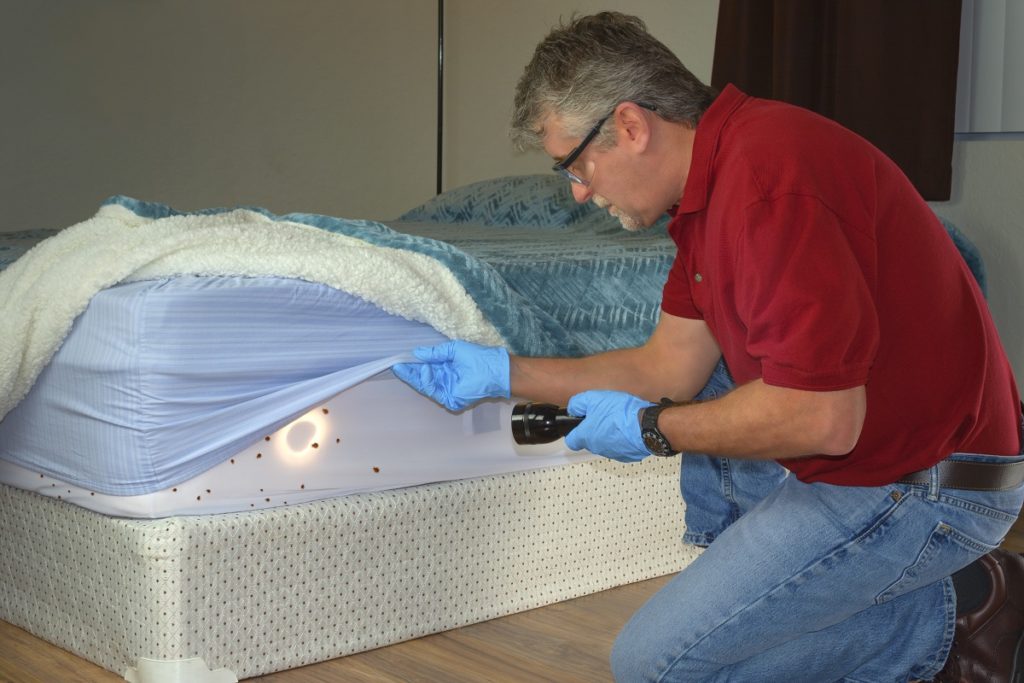Why You Should Rotate Your Foam Mattress Regularly
Foam mattresses have become increasingly popular in recent years, thanks to their ability to provide unparalleled comfort and support for a good night's sleep. However, many people overlook one crucial aspect of maintaining a foam mattress - regular rotation. In fact, rotating your foam mattress is essential for ensuring its longevity and maximizing your comfort. Here's why you should make it a regular practice.
How Often Should You Rotate Your Foam Mattress?
Experts recommend rotating your foam mattress every three to six months, or at least twice a year. This frequency may vary depending on the usage and type of foam mattress you have. For instance, if you sleep alone, you may not need to rotate your mattress as often as a couple who share a bed. Additionally, some foam mattresses may require more frequent rotation, such as those with a hybrid construction.
Benefits of Rotating Your Foam Mattress
The primary benefit of rotating your foam mattress is to prevent uneven wear and tear. As you sleep, your body weight exerts pressure on the mattress, causing it to compress and conform to your body's shape. Over time, this can lead to sagging and lumps, compromising the mattress's support and comfort. By rotating the mattress regularly, you distribute the pressure more evenly, reducing the risk of these issues and prolonging the mattress's lifespan.
How to Properly Rotate Your Foam Mattress
Rotating a foam mattress is a relatively simple process. First, remove all bedding and sheets, and then lift and rotate the mattress 180 degrees. This means the head of the mattress is now at the foot of the bed. If you have a reversible mattress, you can also flip it over for even wear. However, not all foam mattresses are designed to be flipped, so be sure to check the manufacturer's guidelines first. Finally, replace all bedding and sheets and enjoy a well-rested night's sleep on your newly rotated mattress.
The Importance of Rotating Your Foam Mattress for Longevity
As mentioned earlier, rotating your foam mattress is crucial for maintaining its longevity. By evenly distributing the pressure, you prevent the formation of sagging and lumps, which can shorten the mattress's lifespan. This is especially important for more expensive foam mattresses, as they typically have a higher quality construction and materials, and you want to make the most out of your investment.
When to Rotate Your Foam Mattress: Signs to Look Out For
Aside from following a regular rotation schedule, there are also some signs that indicate it's time to rotate your foam mattress. These include visible sagging or lumps, discomfort or pain after sleeping, and if the mattress feels uneven or less supportive. If you notice any of these signs, it's a good idea to rotate your mattress immediately to prevent further damage.
Expert Tips for Rotating Your Foam Mattress
Here are some pro tips to help you make the most out of rotating your foam mattress:
Maximizing Comfort and Support: The Role of Rotating Your Foam Mattress
In addition to ensuring the mattress's longevity, rotating your foam mattress also plays a critical role in maximizing its comfort and support. Over time, the foam may start to break down and lose its ability to provide adequate support. By rotating the mattress, you allow the foam to recover and regain its shape, ensuring you get the best sleep possible.
Common Mistakes to Avoid When Rotating Your Foam Mattress
While rotating a foam mattress may seem like a straightforward task, there are some common mistakes you should avoid:
The Impact of Not Rotating Your Foam Mattress on Your Sleep Quality
Lastly, not rotating your foam mattress can have a significant impact on your sleep quality. As the foam starts to break down and lose its support, you may experience discomfort, aches, and pains, leading to restless nights and poor sleep quality. By regularly rotating your mattress, you can ensure that it continues to provide the comfort and support your body needs for a restful night's sleep.
Why You Should Rotate Your Foam Mattress Regularly

Introduction
 When it comes to getting a good night's sleep, the quality of your
mattress
is crucial. With the rise in popularity of
foam mattresses
, one might wonder if they require the same maintenance as traditional
spring mattresses
. The answer is yes, and one of the essential maintenance practices for foam mattresses is
rotation
. In this article, we will discuss the importance of rotating your foam mattress and how often you should do it.
When it comes to getting a good night's sleep, the quality of your
mattress
is crucial. With the rise in popularity of
foam mattresses
, one might wonder if they require the same maintenance as traditional
spring mattresses
. The answer is yes, and one of the essential maintenance practices for foam mattresses is
rotation
. In this article, we will discuss the importance of rotating your foam mattress and how often you should do it.
Why Rotate Your Foam Mattress?
 Rotating
your foam mattress is essential for maintaining its shape and prolonging its lifespan. Unlike
spring mattresses
, foam mattresses do not have coils that can bounce back into place. Instead, they rely on the elasticity of the foam to bounce back. Over time, this elasticity can wear out, causing the mattress to sink in certain areas. By
rotating
your foam mattress, you are distributing your body weight evenly, preventing excessive sinkage in one area.
Another reason to rotate your foam mattress is to avoid forming
body impressions
. These are indentations that form on the top surface of the mattress, mainly caused by the weight of your body. Regularly rotating your mattress can help prevent these impressions from forming, keeping your mattress looking and feeling new for longer.
Rotating
your foam mattress is essential for maintaining its shape and prolonging its lifespan. Unlike
spring mattresses
, foam mattresses do not have coils that can bounce back into place. Instead, they rely on the elasticity of the foam to bounce back. Over time, this elasticity can wear out, causing the mattress to sink in certain areas. By
rotating
your foam mattress, you are distributing your body weight evenly, preventing excessive sinkage in one area.
Another reason to rotate your foam mattress is to avoid forming
body impressions
. These are indentations that form on the top surface of the mattress, mainly caused by the weight of your body. Regularly rotating your mattress can help prevent these impressions from forming, keeping your mattress looking and feeling new for longer.
How Often Should You Rotate Your Foam Mattress?
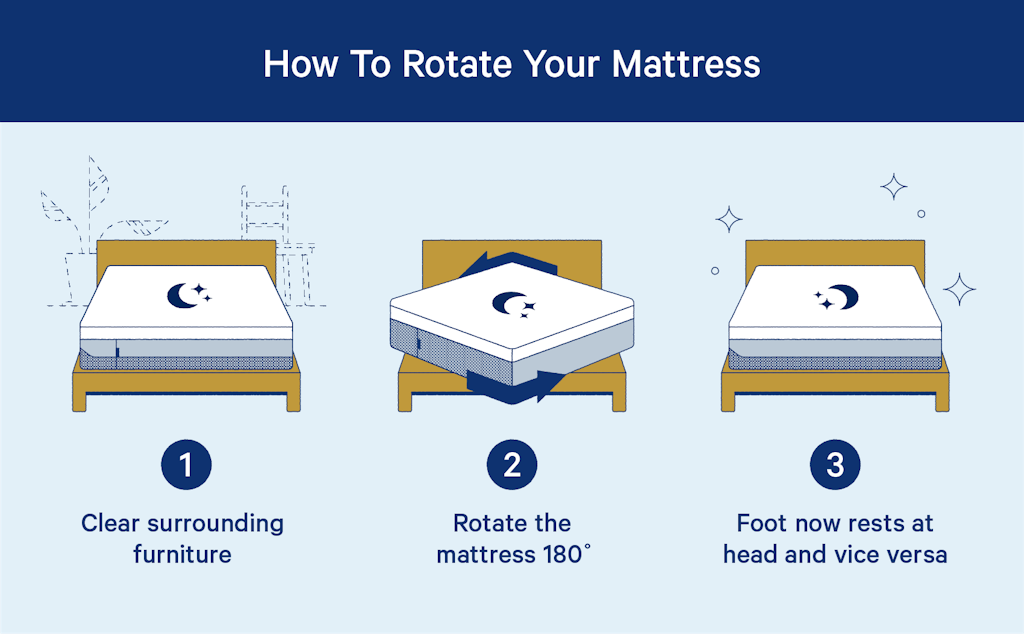 The frequency of
rotating
your foam mattress will depend on the type and brand of the mattress. Some manufacturers recommend rotating your mattress every three months, while others suggest doing it every six months. A general rule of thumb is to rotate your foam mattress every three to six months to ensure even wear and tear.
However, there are a few factors that may require you to rotate your mattress more often. For instance, if you sleep alone or only on one side of the bed, you may need to rotate your mattress more frequently to prevent uneven wear. On the other hand, if you share your bed with a partner, you may need to rotate your mattress less often as the weight is distributed more evenly.
The frequency of
rotating
your foam mattress will depend on the type and brand of the mattress. Some manufacturers recommend rotating your mattress every three months, while others suggest doing it every six months. A general rule of thumb is to rotate your foam mattress every three to six months to ensure even wear and tear.
However, there are a few factors that may require you to rotate your mattress more often. For instance, if you sleep alone or only on one side of the bed, you may need to rotate your mattress more frequently to prevent uneven wear. On the other hand, if you share your bed with a partner, you may need to rotate your mattress less often as the weight is distributed more evenly.
How to Rotate Your Foam Mattress
 Rotating your foam mattress is a simple process that you can do on your own. Start by removing all bedding and accessories from the mattress. Then, carefully lift and rotate the mattress 180 degrees. The head of the mattress should now be at the foot of the bed, and vice versa. If your mattress has a top and bottom side, make sure to flip it over as well. Finally, make sure the mattress is aligned correctly and let it rest for a few hours before making the bed.
Rotating your foam mattress is a simple process that you can do on your own. Start by removing all bedding and accessories from the mattress. Then, carefully lift and rotate the mattress 180 degrees. The head of the mattress should now be at the foot of the bed, and vice versa. If your mattress has a top and bottom side, make sure to flip it over as well. Finally, make sure the mattress is aligned correctly and let it rest for a few hours before making the bed.
In Conclusion
 Rotating
your foam mattress is an essential maintenance practice that can help prolong its lifespan and keep it looking and feeling new. By rotating your mattress every three to six months, you can prevent uneven wear and tear, avoid body impressions, and ensure a comfortable and supportive sleep surface. So, if you want to get the most out of your foam mattress, make sure to rotate it regularly.
Rotating
your foam mattress is an essential maintenance practice that can help prolong its lifespan and keep it looking and feeling new. By rotating your mattress every three to six months, you can prevent uneven wear and tear, avoid body impressions, and ensure a comfortable and supportive sleep surface. So, if you want to get the most out of your foam mattress, make sure to rotate it regularly.




